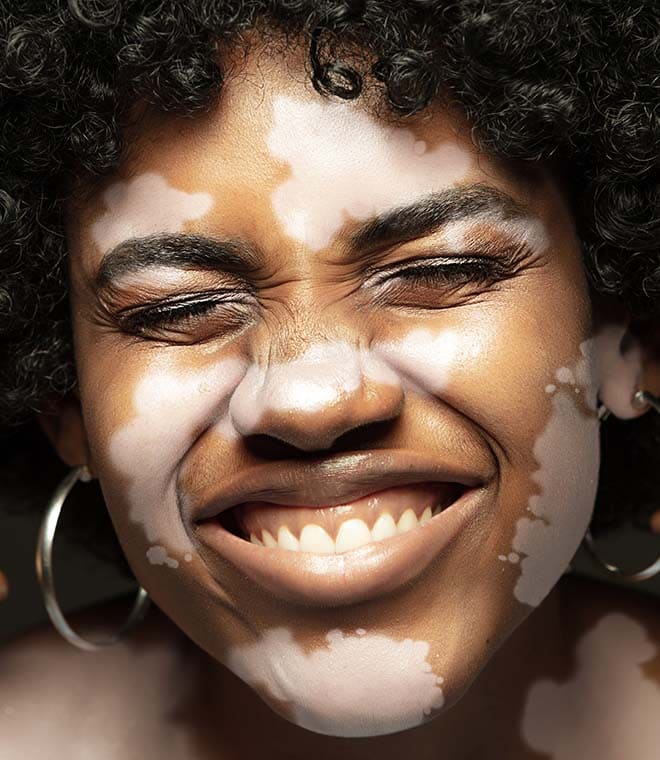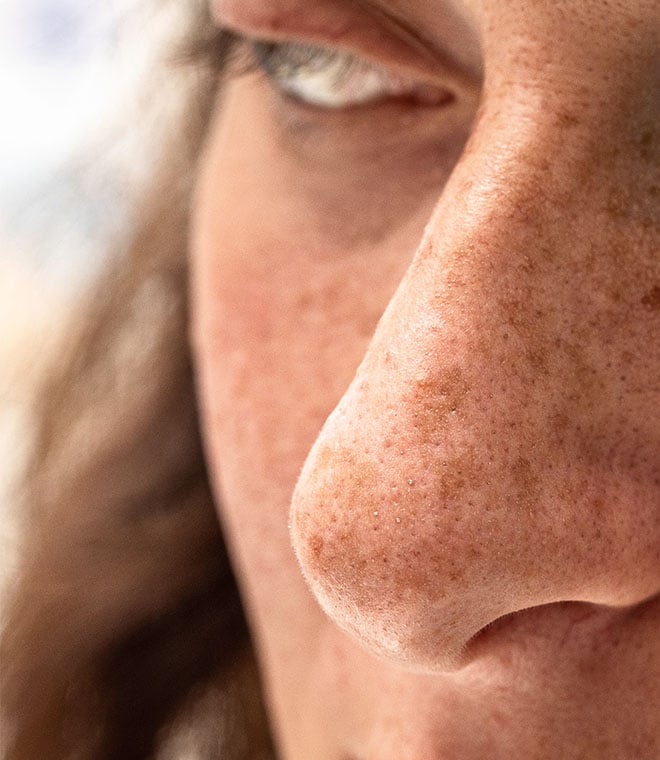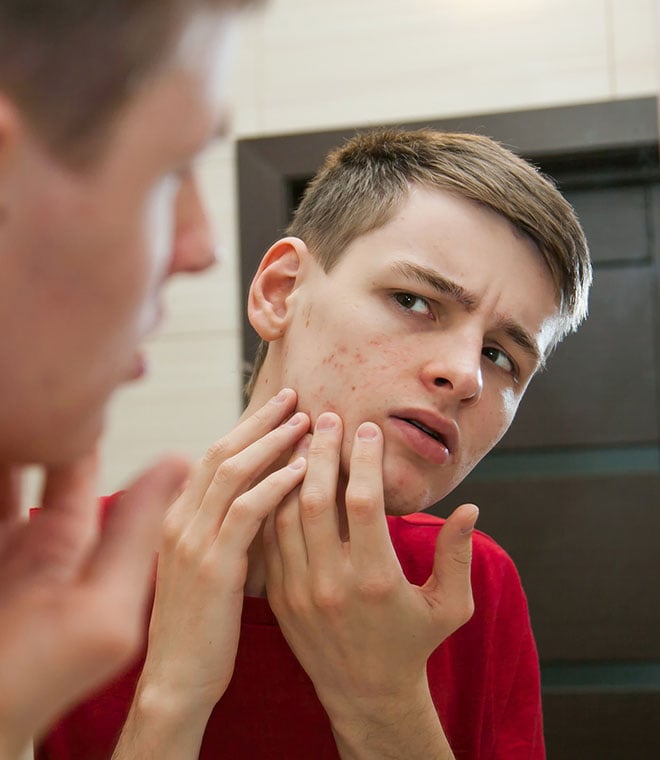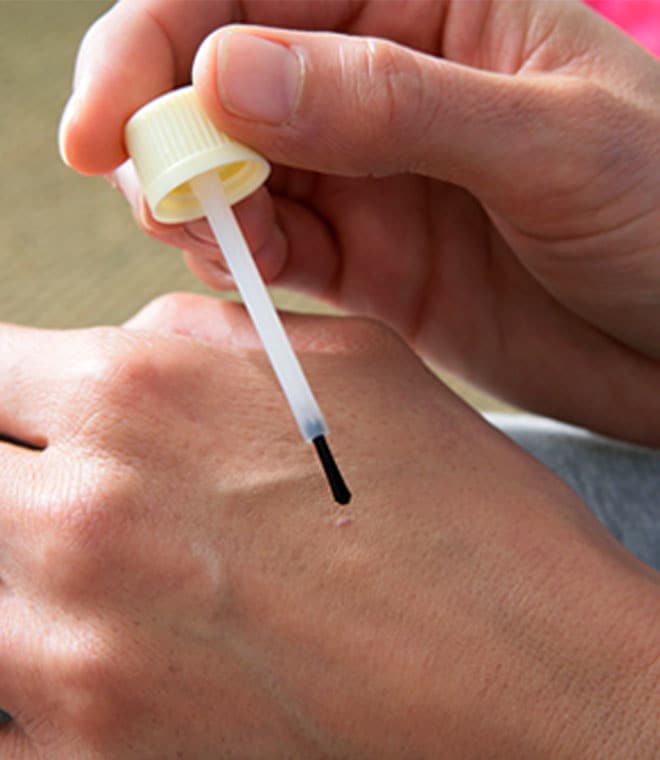Health
What is a common wart?
By Jenilee Matz, MPH Jan 23, 2024 • 4 min
Common warts are bumps that often grow on the hands or fingers. They are most common in children and young adults. Common warts are harmless, but they can spread and be bothersome or unsightly. In time, they often go away on their own, but there are treatment options that can help remove them.
What are symptoms of common warts?
There are several different types of warts. The type of wart you have depends on the part of your body that is affected and what the warts look like. For instance, genital warts affect the genitals while plantar warts form on the bottoms of the feet. Common warts often grow on the backs of the hands, fingers and around the nails. They may also develop on the knees or other areas of the body.
Common warts also tend to:
- Feel like rough bumps.
- Look round or oval shaped.
- Measure less than one centimeter wide, although single warts may join together and look like one large wart.
- Form on areas where skin was broken. For example, the skin around the nails may be broken from picking hangnails.
- Contain black dots that look like seeds. These black dots are actually clotted blood vessels.
How do you get common warts?
Common warts are caused by an infection with the human papillomavirus (HPV). There are more than 100 types of HPV, and just a few of them can cause common warts. Note that the types of HPV that cause common warts are not the same as the types of HPV that cause cancer.
The virus is contagious, and it spreads when you touch a wart or something that had contact with a wart. After you've been exposed to the virus, it can take two to six months for the wart to appear. You may be more likely to get a common wart in a location where you have a cut or break in your skin from an action like biting your nails.
How can you remove common warts?
In most cases, common warts resolve on their own without treatment. However, it may take one or more years for them to fully go away. There are several over-the-counter (OTC) wart removal products and at-home wart remover methods that are often effective in removing common warts. If OTC or home remedies don't help, see your healthcare provider for other options. Your provider may recommend medications, freezing therapy or other treatments. However, it's important to know that these therapies treat the wart, not the virus. There is no cure for HPV, so even though treatments may remove common warts, they can come back or develop in new places.
Common warts can be uncomfortable or embarrassing, but they're harmless and often go away without treatment. If you aren't sure if a growth is a wart, see your healthcare provider. They can often diagnose common warts just by viewing them or performing further tests.
Clinically reviewed and updated by Julie McDaniel, MSN, RN, CRNI January 2024.
Sources:
- https://www.aad.org/public/diseases/a-z/warts-overview
- https://www.uptodate.com/contents/cutaneous-warts-common-plantar-and-flat-warts?search=Common%20Wart&source=search_result&selectedTitle=1~150&usage_type=default&display_rank=1
- https://www.mayoclinic.org/diseases-conditions/common-warts/symptoms-causes/syc-20371125#:~:text=Common%20warts%20are%20small%2C%20grainy,and%20are%20transmitted%20by%20touch.
- https://www.cdc.gov/cancer/hpv/basic_info/index.htm
- https://www.hopkinsmedicine.org/health/conditions-and-diseases/warts
- https://www.aad.org/public/diseases/a-z/warts-symptoms
- https://medlineplus.gov/ency/article/000885.htm
- https://kidshealth.org/en/parents/warts-sheet.html
- https://www.uptodate.com/contents/common-warts-plantar-warts-and-flat-warts-beyond-the-basics/print



